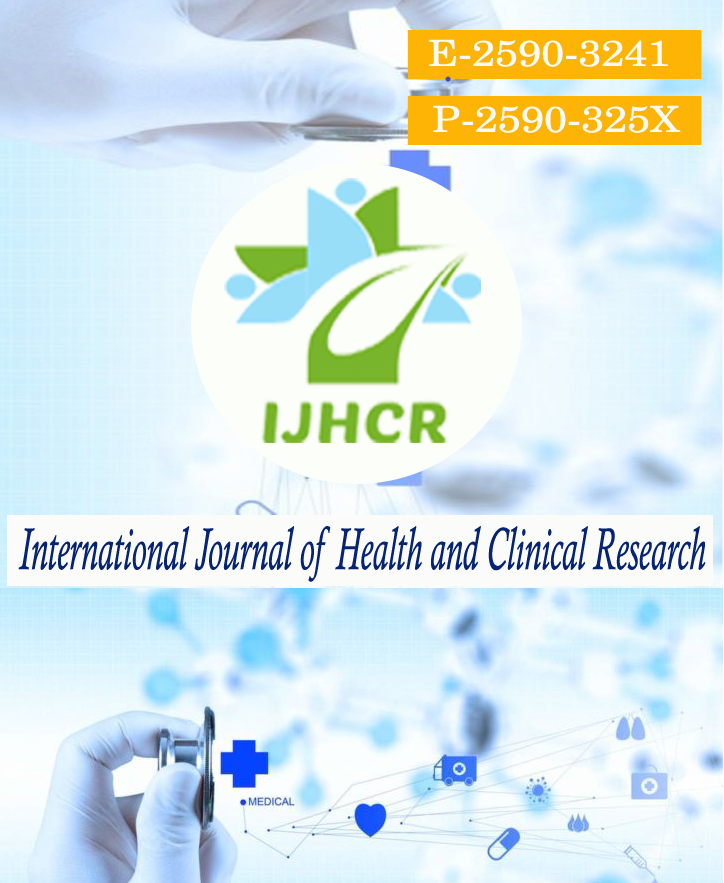Prevalence and risk factors of gastroesophageal reflux disease at a tertiary care center of Central India
Keywords:
heart burn, demographic risk factors, old age, reflux disease,GERDAbstract
Background: Gastro-esophageal reflux disease(GERD) is found to affect all age groups. Several lifestyle and factors related to personal habit are recognized as risk factors for the development of GERD. Understanding the current trend and association with the related risk factors will help the physicians to halt the progression of GERD.Aims and Objective: To evaluate the prevalence of GERD and its association with the different risk factors. Materials and Methods: A total 234 subjects accompanying the patients coming to Outpatients Department of Medicine of Gandhi Medical College and associated Hamidia Hospital at Bhopal were studied prospectively. An interview was performed by a trained interviewer to complete a pre-approved questionnaire containing questions related to demographic parameters, lifestyle, and GERD for each subject. Presence of GERD was confirmed if the subject reported heart burn and/or acid regurgitation in the preceding year with a frequency of at least one time per week, irrespective of its severity or duration.Results: GERD prevalence in present study was 33.76%. GERD was more common in females (34.50%) but difference was insignificant (p=0.128).Higher prevalence was observed in those with age more than 40 years (p=0.032). Obesity (mainly central) was significantly associated with GERD prevalence (0.023).GERD was more prevalent in patients with a history of headache taking NSAIDs (p<0.001) and having history of other GI complains (p<0.001). There was a higher prevalence of reflux in subjects having fried food (P=0.001) and in those consuming fruits less than once per day(P < 0.001). Smokers had more GERD symptoms (P < 0.001). subjects with history taking yogurt with water and mixed with salt with meals had less reflux symptoms (P=0.001, P=0.033, respectively). History of drinking tea or coffee (P = 0.334) with meals was not associated with GERD symptoms. We also noticed more symptoms in subjects taking NSAIDs and aspirin,but the difference was significant only for NSAID (P < 0.001). Conclusion: Prevalence of GERD was found to be 33.76%. Older age, consumption of fruits, smoking and NSAIDs had a significant association with GERD prevalence.
Downloads
Published
How to Cite
Issue
Section
License
Copyright (c) 2021 Vijan Rai, Shailendra Jain, Ajay Nandmer, KK Kawre

This work is licensed under a Creative Commons Attribution 4.0 International License.






 All articles published in International Journal of Health and Clinical Research are licensed under a
All articles published in International Journal of Health and Clinical Research are licensed under a 